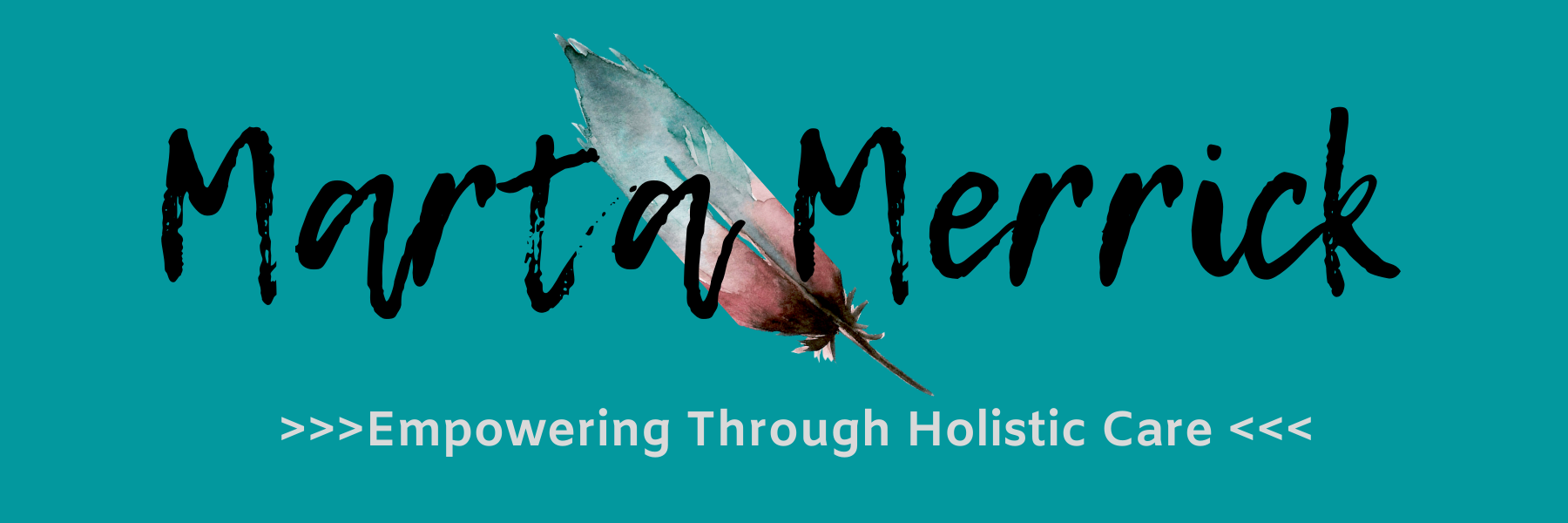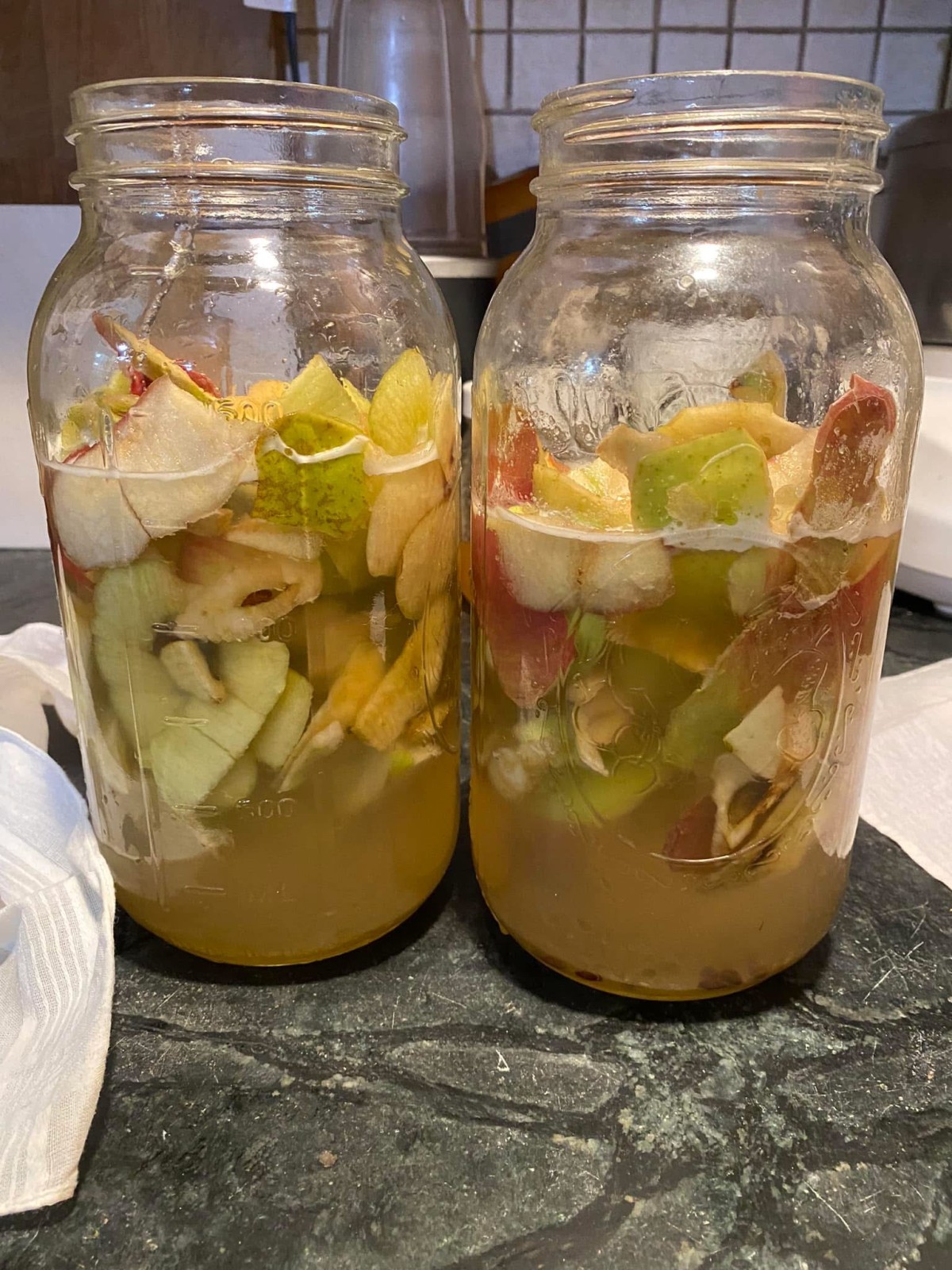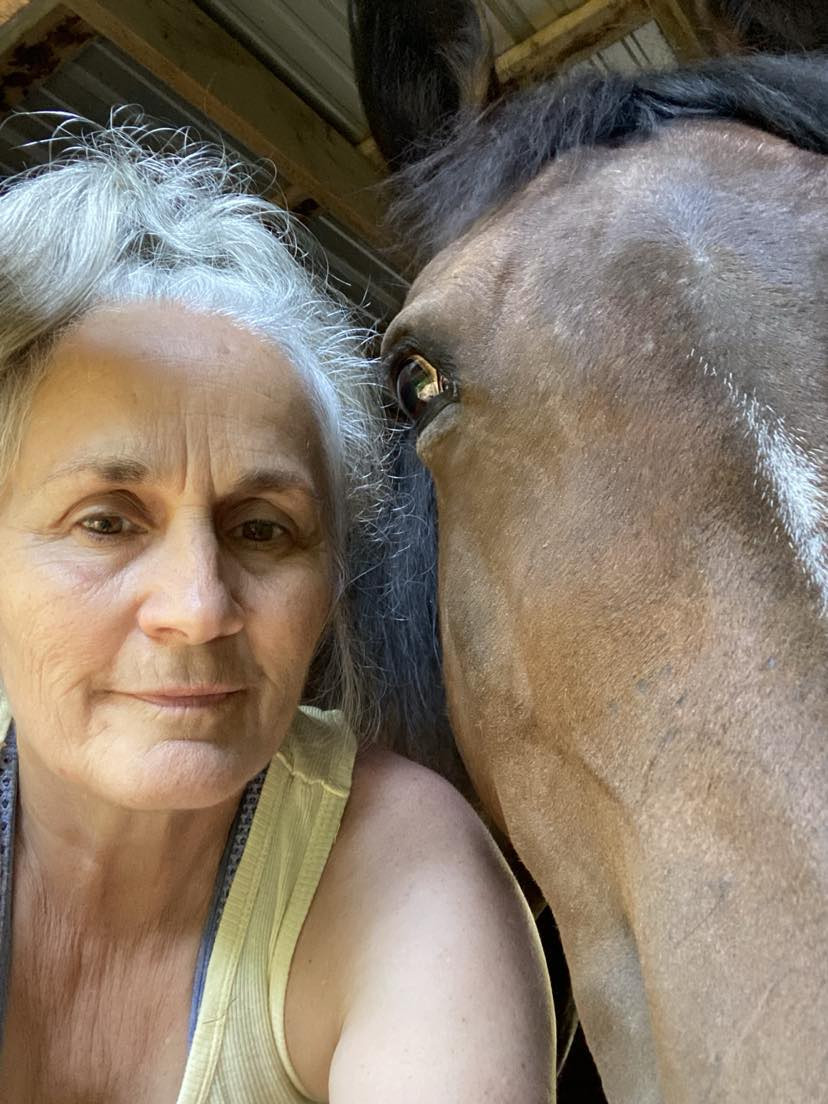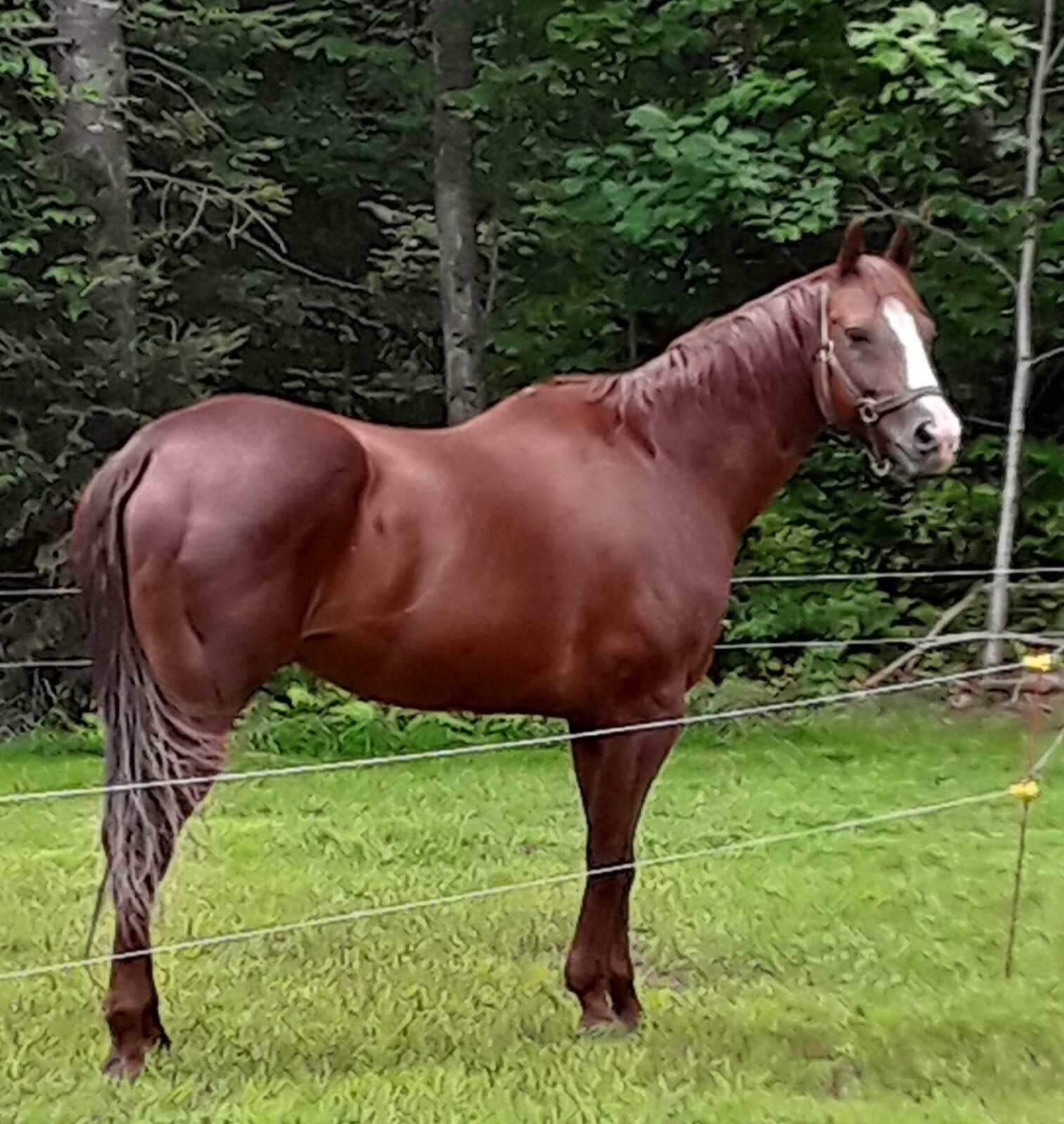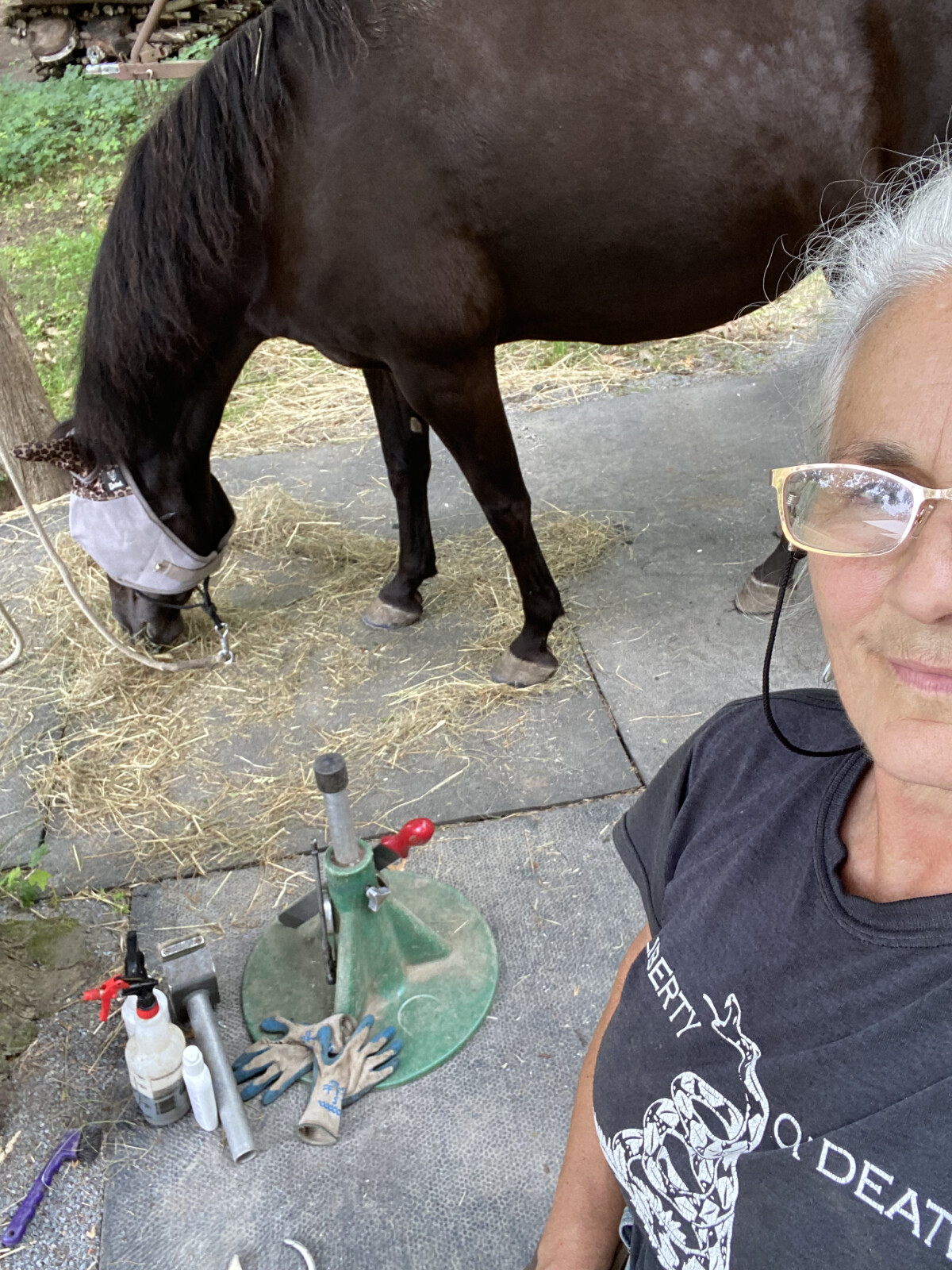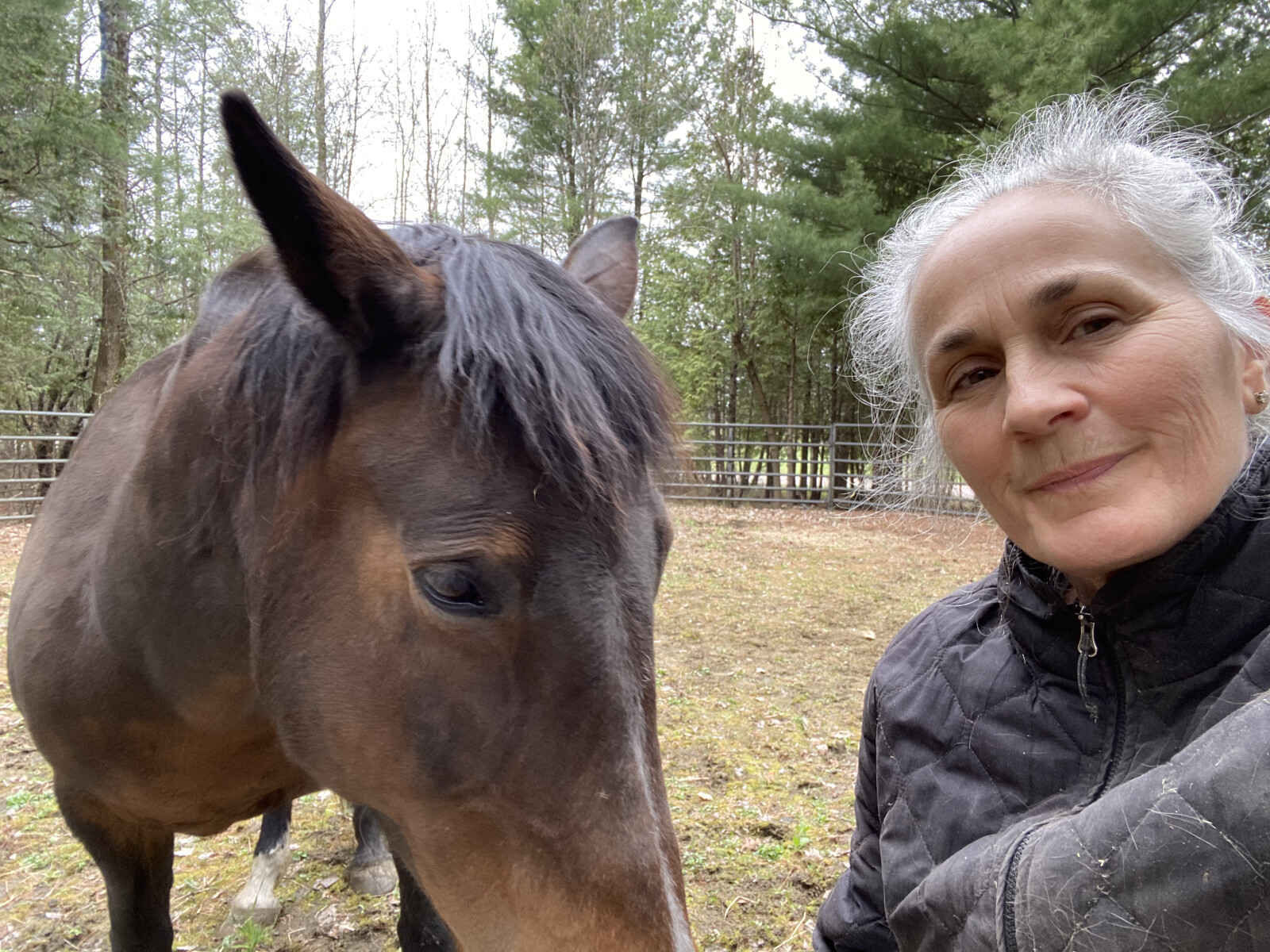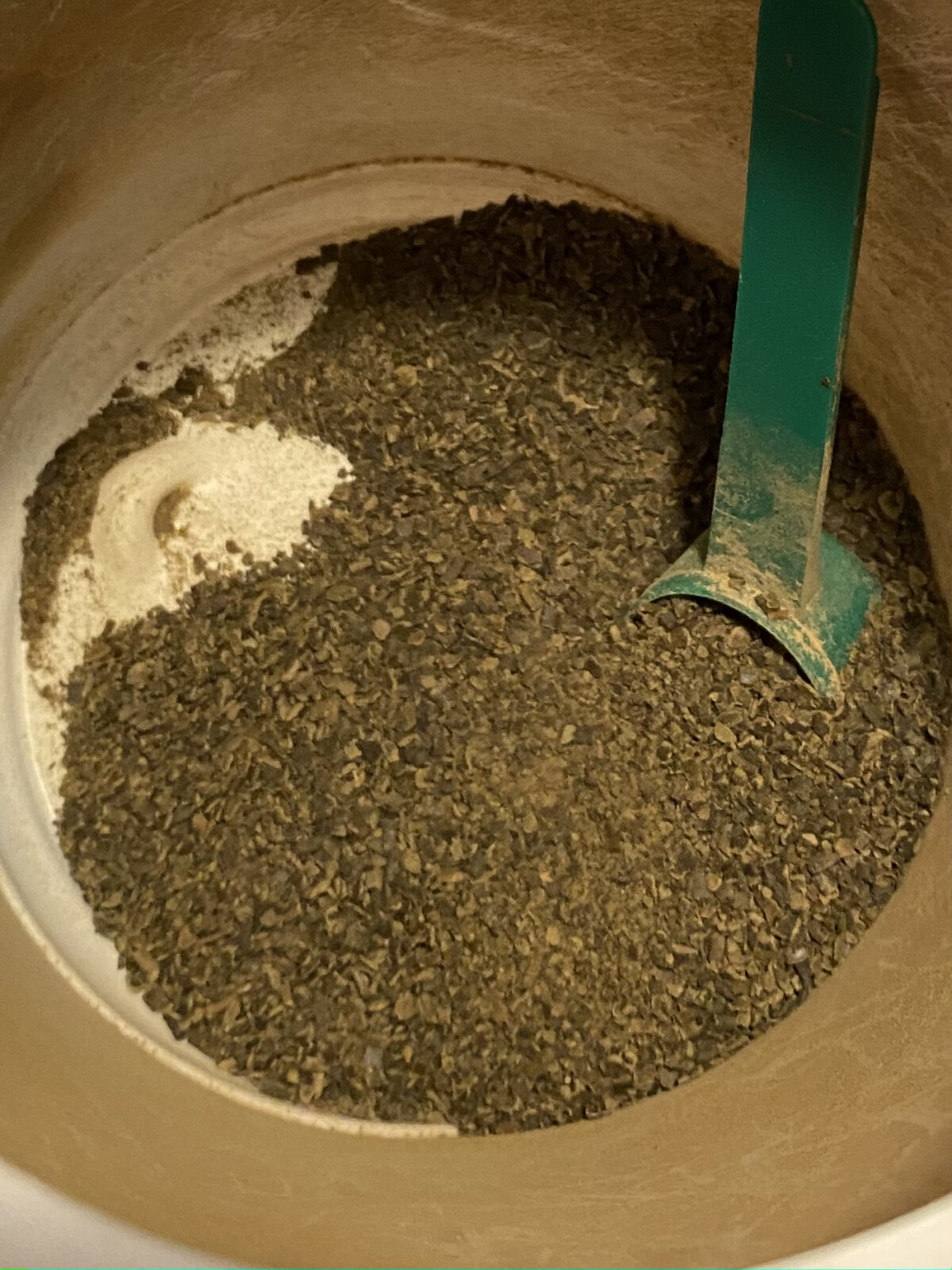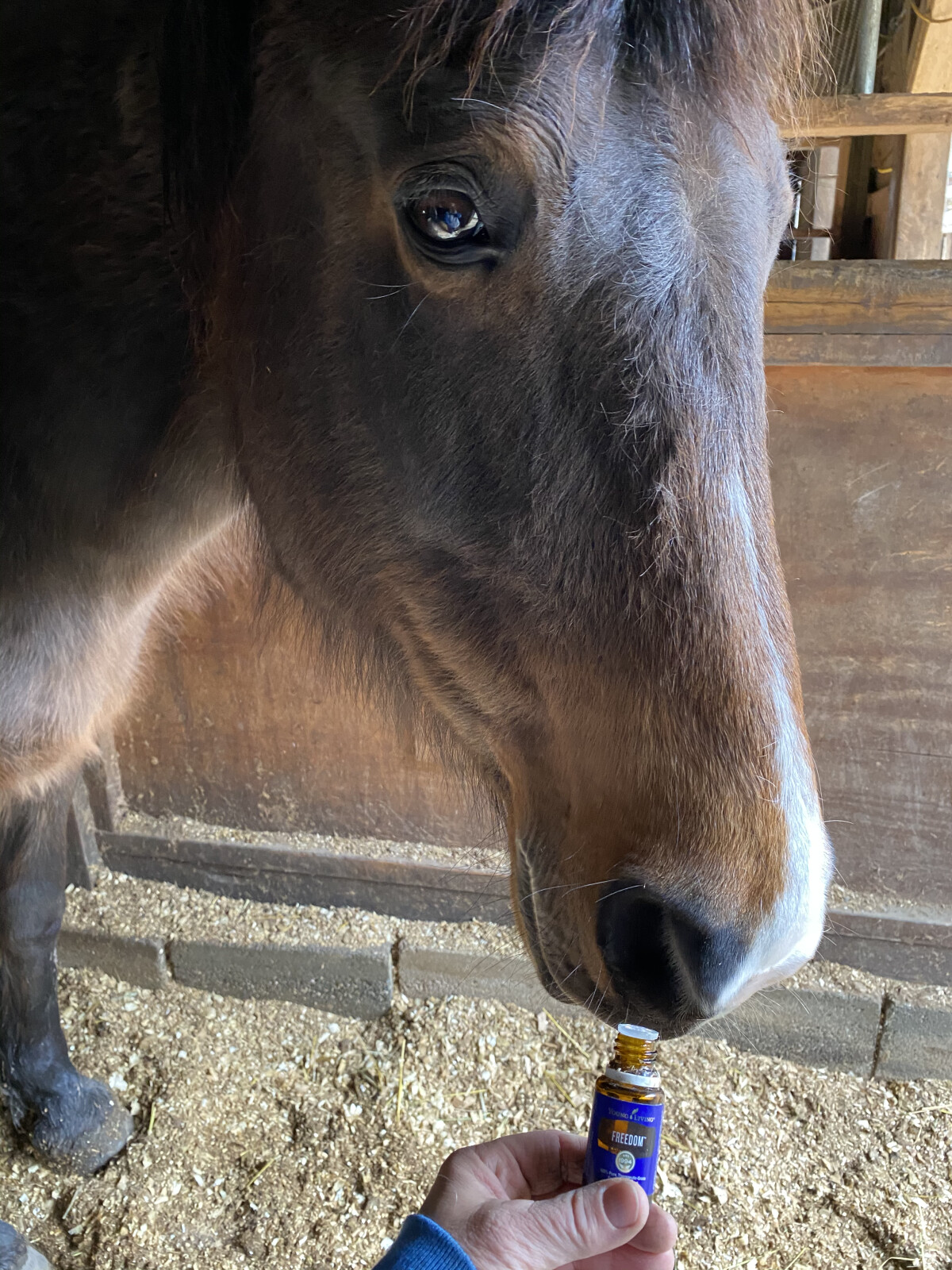
There were many times during my full-time trimming days that I felt like a broken record, saying the same thing over and over to clients when it came to taking care of their horses’ hooves…
Often when something is happening to our horses, we just want to make them feel better. So doing something quick, easy and topically is the norm. But there is usually more going on and if we just look a little deeper, we can get at the cause of the problem. Then take steps to remedy it.
Before we get into the solutions, let’s take a look at what is happening in the hoof in terms of an abscess. The connection between the hoof wall and internal structures is made up of laminae. These are finger-like protrusions that when healthy, have a very strong bond and hold the outer wall tight to its internal structures.
When we look at a healthy hoof, we can see smooth, tight hoof wall growing down from the top at the coronary band. When the hoof is fed well with adequate minerals it is a work of art! It is when imbalances occur that inflammation can result causing the laminae to become weak and lose their strong connection. In this weakened state, it is easy for an overgrown hoof to work as a lever to pry the wall away from the sole at ground level. When this happens, it is easy for dirt and debris to make its way up into the hoof.
If you’re a little fuzzy on some of this and would like to know and see more, check out the free workshop in my The Hearts of Horses: Empowering Through Holistic Care community. There are videos that introduce you to the parts of the hoof as well as the internal structures as shown on a mustang cadaver hoof.
In order to get at the source of the abscess issue, we must deal with the inflammation first and remove the cause of it. The number one thing, that many do not realize, is the amount of sugar in our horses' lives have everything to do with their hoof health. Finding the sugars in their hay, grass, grains, supplements, trees containing sugar in their bark within their living space, treats… and removing them will stop the inflammation. Each horse will be different in their thresholds but as their caregiver, it is up to you to figure out their specific needs.
Once the sugar has been removed, make sure your mineral levels are good. Test your hay to see what may be low or missing in your area. Feeding a good supplement is helpful (we cover this in the holistic care community too!). Feeding the hoof is everything!
Another helpful piece to this abscess puzzle is movement. A key part of helping a horse to move out of the discomfort of an abscess is to allow them to move (vs. stall rest). The more the movement, the more the blood flow, the quicker it resolves. Generally, an abscess will last 7-10 days. Set up your horse’s environment so that he is allowed to move yet protected from harm from the other horses.
A third, key piece to this puzzle is their trimming schedule. Getting your horse trimmed based upon their rate of growth and how much they self-trim is beneficial to them. Knowing when the hoof needs to be trimmed is something you must learn to recognize (check the free workshop for help here too!). This will help you to know the appropriate time frame for trimming your horse.
Learning more about the hoof so that you can have a conversation with your hoof care professional will be a huge benefit. You see your horse daily, do all their care and can recognize subtle changes in them. Being able to have a conversation with your hoof care provider about any changes will be most helpful to them for your horse’s care.
If you’re interested in learning more or would like to learn to trim your own horses, grab my course here. It will give you all the tools and information you need for you to learn to trim your own horses’ hooves. When you use the code 50off you can purchase at half price.
Finally, soaking the hoof that is experiencing an abscess. I have found soaker boots extremely helpful and easy to use. As a former EasyCare dealer, I started with the Easy Soaker and really like it. I also use an Rx boot when I need to keep things clean and covered up.
A few of the items I have found most helpful in the soaking process are Epsom Salt, Thieves Household Cleaner, an essential oil blend called Melrose for cleansing and Wintergreen to help with the discomfort. Just a ¼ cup of the salt, half a capful of the Thieves Cleaner, 4-8 drops or so of Melrose and the same for Wintergreen. Add warm water (about a quart) and pour into the boot (which is already on the foot!). I let them soak for 20-30 minutes.
A few of the items I have found most helpful in the soaking process are Epsom Salt, Thieves Household Cleaner, an essential oil blend called Melrose for cleansing and Wintergreen to help with the discomfort. Just a ¼ cup of the salt, half a capful of the Thieves Cleaner, 4-8 drops or so of Melrose and the same for Wintergreen. Add warm water (about a quart) and pour into the boot (which is already on the foot!). I let them soak for 20-30 minutes.
I hope this has been helpful for you and if you haven't already, I hope you will join us in our holistic care community.
Marta
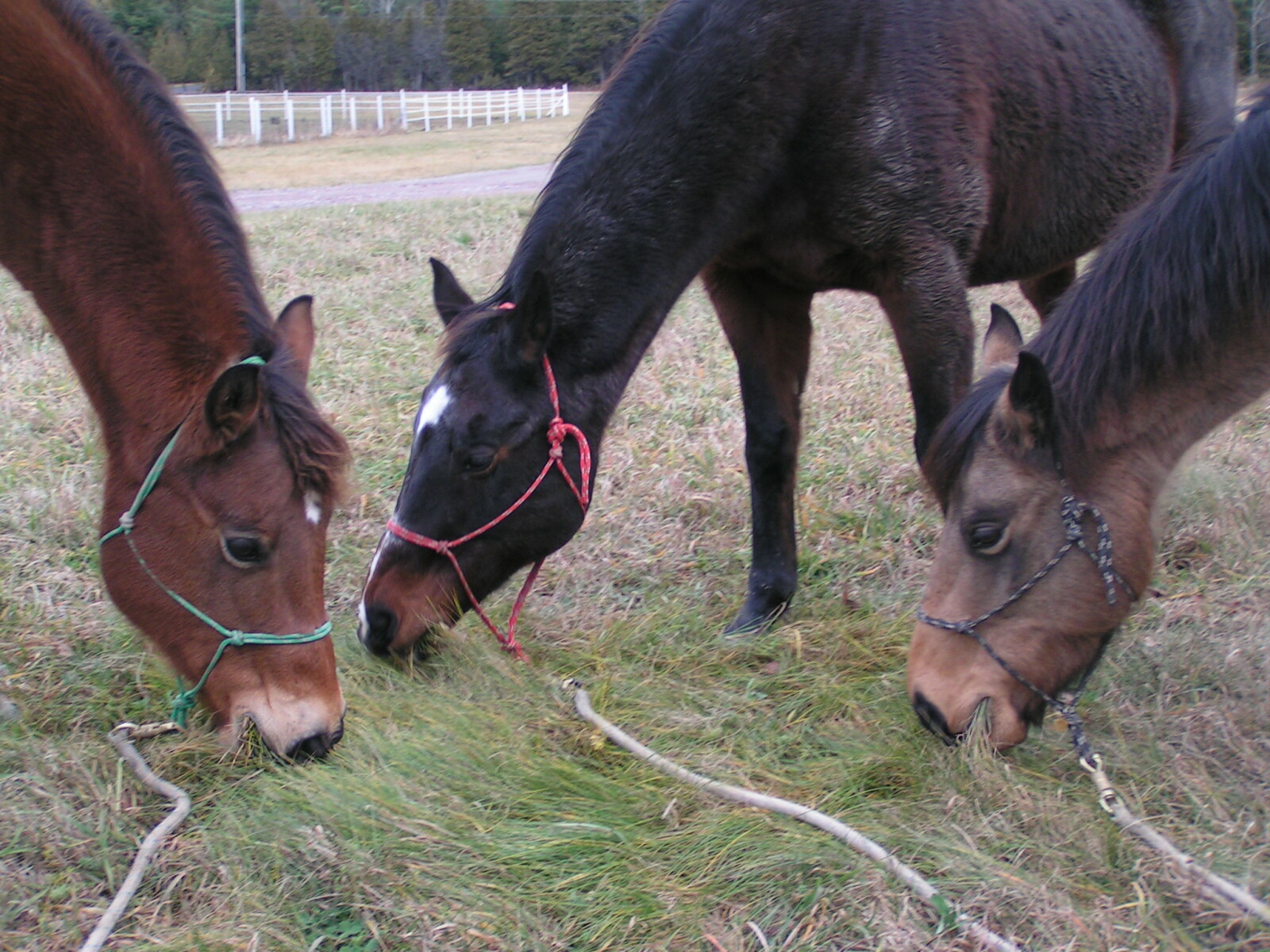
We live on about 3 acres of rocky limestone hillsides loaded with cedar trees and roots! While it’s not what one would think of as an ideal horse environment, it is actually a far better choice of living space, especially if your horse has metabolic challenges.
At the beginning of my horse journey, I was introduced to the benefits of creating a track system for my horses’ living environment. It benefitted their hooves, their digestion, in general their overall wellness. It was easy for me to see this was what I wanted for my horses. In addition, the concept fit extremely well with our small acreage and varied terrain. We even have access to an old road to utilize which has a great hard packed base for a trail.
As fate would have it, I acquired a couple of foundered horses (from my trimming practice) as well as a Morgan horse (a hardy breed that does not need rich feed to maintain weight and good health). Our track system has proved to be the ideal living set up for horses with metabolic issues, hoof troubles and for avoiding the problems with spring and fall grasses.
Our track contains no lush grass. It does offer a variety of plants, shrubs and trees that our horses browse as they move around the different paths on the track system. We have the benefit of monitoring our horses’ grass intake by allowing them to roam the rest of the property at strategic times to benefit them. We choose times when the sugars are lowest in the grass. When the sun is out, plants are producing their sugars for energy through photosynthesis. This is high sugar content time and should be avoided. It is at night when the grasses use up their sugar stores from the day, so the very early morning is the safest time for the lowest sugar levels.
Once the fall comes and the temperatures drop at night, grass begins to hold onto their sugar stores for its growth. This “stressed” grass is now very high in sugar. Any stressed grass will have increased sugar levels so be aware, especially for your at risk horses. Some other ways that grass gets stressed are by over-grazing, drought and frost. Even the brown grass late in the fall when it’s still warm during the day will have sugar filled green sprouts that your horse would love to snack on!
Waiting for the temperature swings to stop and the grasses to go dormant is a safe option for your horse.
Other safe options…
- Consider setting up a track system or at least elements of it for your horse. Creating a forage based, movement centered space will do wonders for them!
- Create a dry lot for your horse and encourage movement within the space through the placement of hay bags or hay piles.
- Use a muzzle and monitor their time of day out as well as the amount of time out.
- Consider a probiotic to benefit their gut health. This is a key component to overall health. Life 9 is the probiotic I love and use for my herd.
If you’re curious to learn more about setting up your own track system, take a look at Guide 3 in my community The Hearts of Horses; Empowering Through Holistic Care. You’ll find videos with information on how to create your own track system.
May you and your horses enjoy this fall season in good health...
Marta
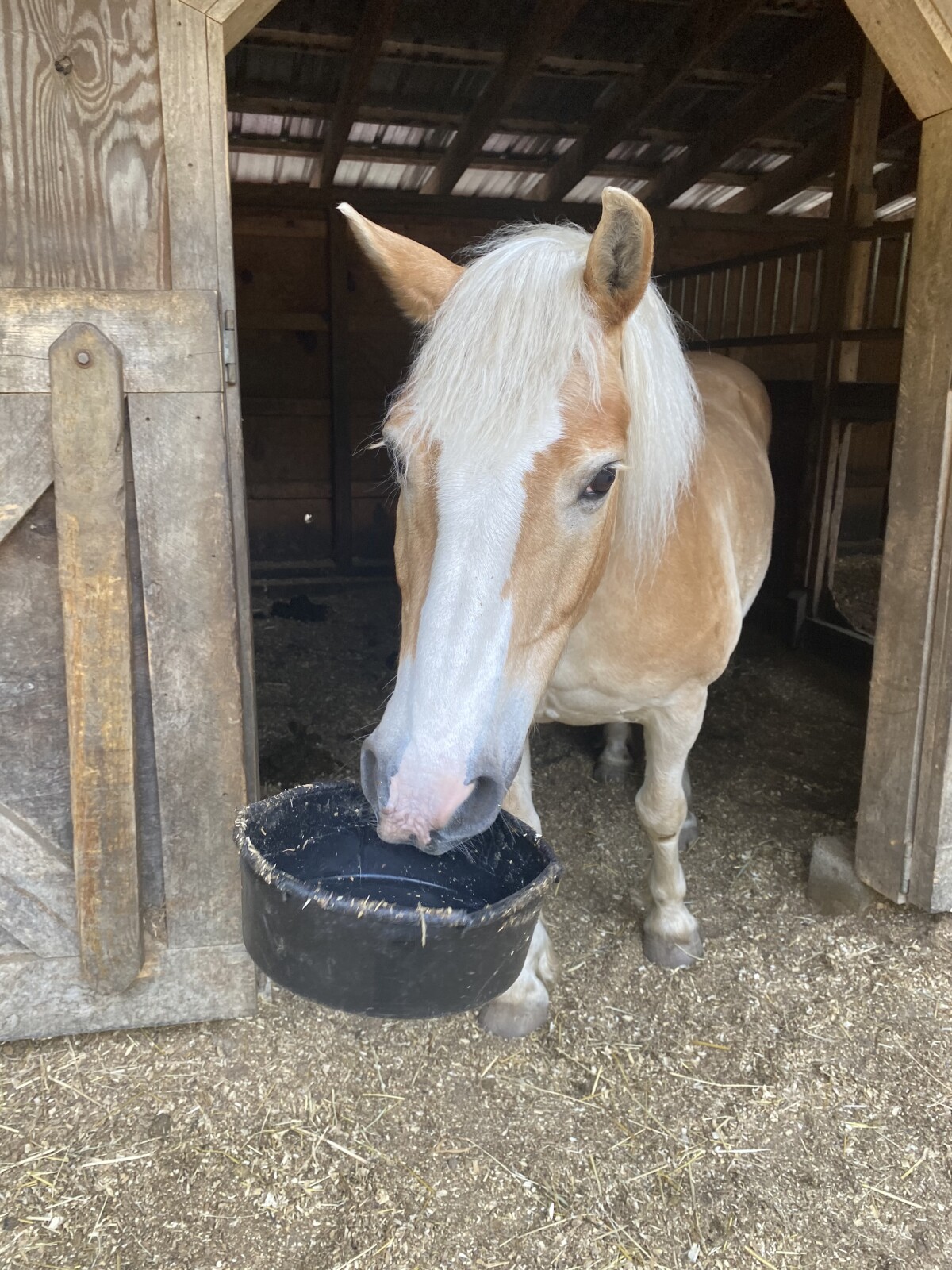
Horses are a herd animal meant to live and roam with their “family”. This offers safety, emotional comfort and a feeling of belonging within the “family”. When we put them in living situations that are very different from their instinctual norm, we are immediately setting them up for problems. How much, what and even when we feed our horses has a huge impact on their stress level, gut health and even their emotional well-being. At the heart of all dis-ease is stress in the body. There is no greater culprit than emotional stress for wreaking havoc in the body. Soothe the animal, set up their life as nature designed for them and release the stress…
Let’s look at how we keep our horses. Horses are built and wired to move and eat continually on a daily basis. In the wild, it is normal for a herd to cover around 25 miles in a day. They browse on a variety of grasses, tree bark and plants while moving over a variety of terrain that proves beneficial for their hooves as well as the rest of their being. When its rest time they hang as a group, with a few of the mares standing watch over the herd. The track system lends to this lifestyle, mimicking how horses live in the wild.
Does your horse’s daily routine look like this? If it does, congratulations to you! Your horses are likely ulcer free and happy in their herd! Getting horses out of the long days and nights in a stall and getting them moving with the herd will increase their feelings of safety and trust. It will allow them to tap into the energy of their herd dynamics and serve to settle them within their group, relieving stress.
Browsing for food! Allow your horse to move about to access their food. Standing in one spot to eat hour after hour does not help their gut or the rest of their body! Offering a variety of whole foods is your best bet for keeping your horses gut balance. Avoiding things like processed grains and instead substituting foods like flax, chia seeds, Timothy/alfalfa cubes will go a long way for providing the nutrients needed while avoiding the stomach upset.
Adding in enzymes like Allerzyme and Essentialzyme has been a game changer for one of my guys! Clearly his gut balance was off and he was acting like a grumpy old man. He is now back to his gregarious, silly self (that’s him in the photo)! Other items like pre and probiotics, Life 9, are beneficial to keeping the gut balanced and have a place in our horse care. There are also products like aloe vera juice or bentonite clay that can offer a soothing solution to the problem gut.
By incorporating some of the things I’ve talked about above, chances are your horse is already feeling better. If there are still troubles, checking in on their emotions by evaluating their energy centers is a helpful thing to do. When the solar plexus is blocked there is a connection with feelings of not belonging, fear of abandonment, defensiveness, feeling trapped, anxiety and even feeling tired. With this knowledge, you can utilize a selection of essential oils to support your horse emotionally. I have a great chart and mini course that outlines how to identify the emotions based on the body and suggested oils to use. Grab it HERE.
If you suspect your horse does have ulcers and would like to confirm that, there is a non-invasive test that can be done. It uses fresh fecal matter to check antibodies to detect two equine specific blood components. It's called Succeed. Positive results for this test confirm the presence and potentially location of inflammation, lesions and/or ulcers. It is necessary to use fecal material within 30 minutes of it leaving the body. Results show as quickly as 5 minutes but not longer than 15 minutes. It is only available to veterinarians, so contact your vet to access this product.
I would also incorporate Healing Touch For Animals techniques to help clear the energy. There are other holistic tools that can be used as well. Tools like red light therapy, PEMF and more!
Interested in learning more about some of these areas I’ve touched on? There’s loads of information in the Guides section of my group The Hearts of Horses; Empowering Through Holistic Care.
Join our community HERE and feel empowered as you care for your horses!
All the best,
Marta

Goin’ Bare…It’s Easier Than You Think For Your Horse To Go Barefoot!
There are, however, some key lifestyle factors that are critical to include in your horse’s life in order for the transition to be successful! First, the hooves need proper nutrients to grow in healthy, strong and well-connected, there needs to be stimulation through movement over varied terrain, you’ll need a regular trimming schedule either by a professional or by learning to trim your own horses and lastly, there will be a transition period where the hooves will need protection with padded boots.
Let’s look at nutrition first. It’s a great place to start to grow healthy hooves. One of the most detrimental ingredients that ruins more feet… is sugar! There are hidden sugars in so much of what is given to our horses. Everything from grain to supplements to treats. It is in virtually every item that goes into your horses mouth, including grass and hay! Understanding and controlling the sugar in your horses diet is going to be a major step in going barefoot with your horses. One of the easiest ways to do this is put your horse on an anti-inflammatory diet. This means you primarily feed grass hay and provide minerals needed that are not accounted for in the hay. If other feeds are needed look at whole foods like flax, chia or hemp seeds that add beneficial Omega-3’s. The important thing is to avoid processed grains and ingredients like corn, soy and molasses. There is also a supplement that I started giving mine for joint health yet realized how great it was for creating healthy, strong feet! It contains the building blocks for good skin, hair and hoof growth. You can read about it here. And if you'd like more information on the basic nutrition for your horse's needs, check out the guide I made up here.
Next you’ll want to make sure you’re encouraging your horses to move in their home environment. The hoof is a blood pumping mechanism who’s purpose is to expand and contract to pump blood back through the rest of the body. The simple act of spreading hay into multiple piles in their environment will encourage them to move and eat. Putting up a series of hay bag stations around their space will offer the same benefit as well. By incorporating this simple feature you will be encouraging the growth of healthier, stronger hooves as well as supporting a healthy digestive system! Include, in some high travel areas, abrasive terrain to help stimulate and condition the foot to grow a more dense sole and create go-anywhere hooves!
Maintaining a regular trimming cycle for your horse’s rate of growth is crucial to going barefoot. The cycle can vary depending upon your horse’s nutrition and even the amount of wear their hooves get. In some environments horses can self- maintain their hooves! For many though setting up a 4-6 week schedule to maintain a healthy foot is a good guideline. Finding a good barefoot trimmer is helpful or if you are so inclined, you can learn to do the trimming for yourself. With the help of your trimmer checking in on you, it is possible for you to learn to use a rasp and knife to maintain your horse’s hoof walls and bars. Of course there is some learning that needs to happen first and practice with guidance. Taking an active role with your trimmer right now can set you on that path. Asking questions, paying attention at your trimming sessions and in general being curious about your horse’s feet. If trimming your own horses is something you’d like to pursue, I have a go at your own pace course along with a FB support group for any help you might need. Get the course here.
Lastly, your horse will most likely need some sort of padded hoof boot protection for a period of time. This time will vary for each horse. The factors I talked about above and how well you have incorporated them into your horse’s lifestyle will have a great impact on this. Having been an Easy Care dealer when I had my practice, I am partial to them. However, the important thing here is finding a boot that fits and will stay on well while your horse is out with his herd. Boots need to be taken off daily to give the foot time to “breathe” and to check for rub spots or any other possible discomfort. Utilizing boots to protect your horses hoof and reduce any potential pain in this process will significantly impact their transition time.
Are you interested in learning more about transitioning your horse out of shoes, nutrition, booting or living a healthy, holistic lifestyle? Maybe you'd like to check out a free workshop on hooves? Its all in here... The Hearts Of Horses; Empowering Through Holistic Care
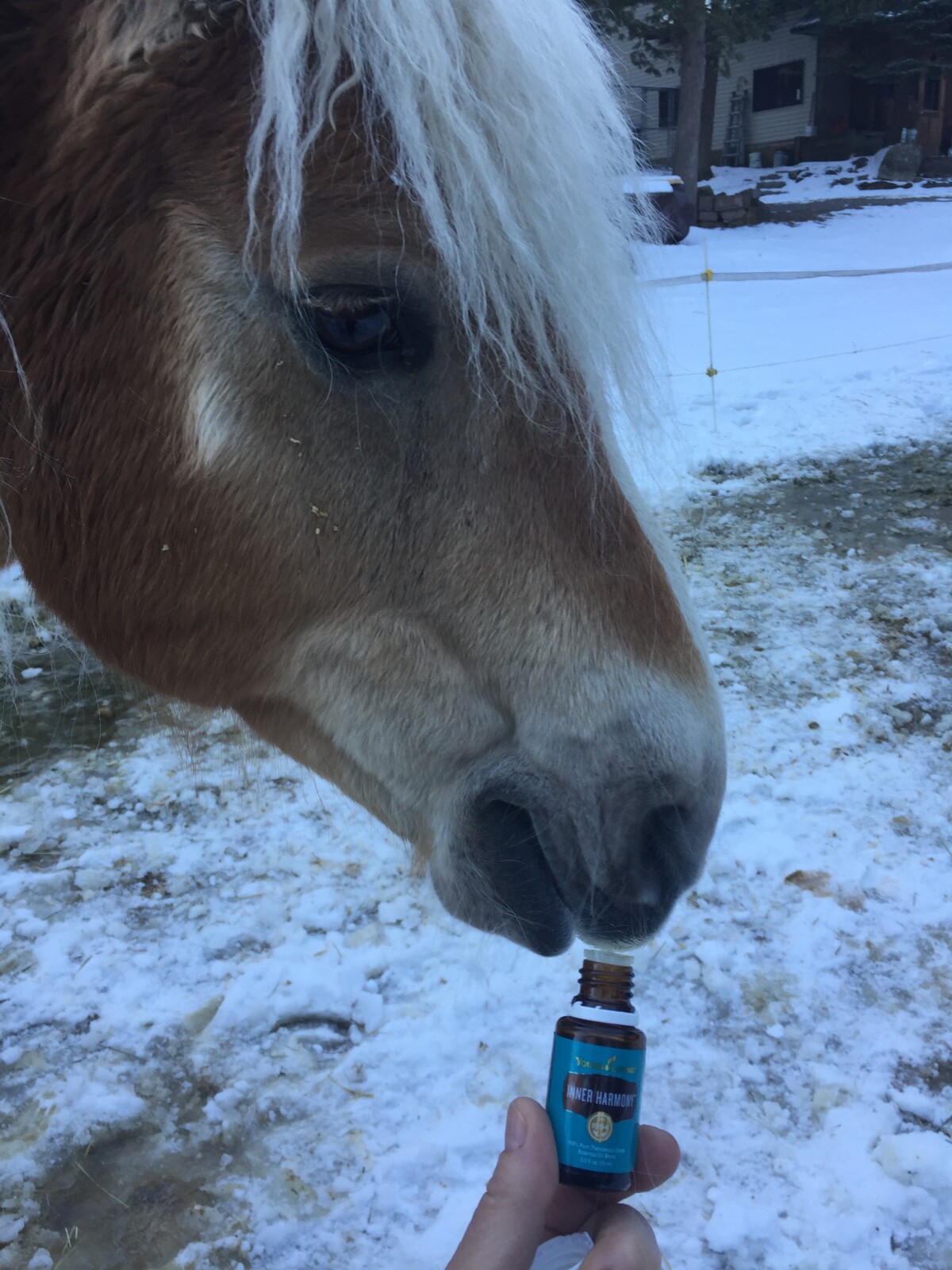
Before I discuss the five ways to help calm your horse holistically, I’d like to give you two key characteristics to keep in mind that are necessary for raising kids, training animals or running a business--- Honesty and Consistency. With these two qualities you will surely have success, especially with your horses. Animals are honest…they know no other way. It is one of the reasons they are so good for us. They help us to become better for ourselves and for them. The consistency part can be difficult for us. It means doing the same thing, in sequence, repeatedly. It also means offering the same (non-emotional) response to undesired behavior. Horses learn patterns 7 times faster than humans. So be sure to pay attention to what you are doing BEFORE, because they’re already 7 steps ahead!
Now let’s talk about the 5 ways to calm your horse, holistically…
1. Get your horse out of the stall and moving! Horses are herd animals who live in small bands that cover approximately 25 miles a day in their wild setting. Their range revolves around the water hole. There are also a variety of “events” within the range that keep the horses moving to the next one! Knowing what these are and incorporating them into your horse’s environment will contribute to a more balanced emotional state. There are “events” like the water hole, the bathing/grooming area, a resting area, a salt/minerals lick and more. The “vices” that come into play with horses in stalls, become virtually non-existent when they are allowed to move as a herd.
2. Play with your horse! Get to know them on the ground and learn to have a conversation with them. Allow them to have a choice and a say in what you are doing. Remember you are developing a friendship/partnership where you each have responsibilities. Can you imagine hanging out with a friend who is always telling you what to do and never asks what you like or want?!
Asking your horse to change directions gets them into their thinking (left) side of their brain instead of the emotional (right) side of the brain. So if your horse is getting all wound up and excited, AVOID the lunging circle! Get your back to a fence and get them changing direction. They’ll soon come off their adrenaline high and begin thinking again. Asking your horse to move backwards and sideways also requires using the thinking side of the brain. These two movements are definitely a great thing to incorporate into your regular routine with your horse!
3. Feed your horse like a horse! It’s so easy to want to give our horses all the things. Admit it, it makes us feel better. The fact is most grains and treats are loaded with sugars and can be deadly to our horses. Horses are browsers. Browsing for small amounts of plants while moving all-day-long. Setting up the environment so they can eat this way will reduce many of the “problems” we see with traditional horse keeping. It could be as simple as spreading the hay into many piles (instead of one or two) so that horses can push their herd mates to the next pile. There should always be more piles than horses!
Another key part of nutrition are the minerals. This is often overlooked and one of the key pieces of their overall emotional wellness. Magnesium plays a large role here too! Get your hay tested to find out the minerals you will need to supplement. For more information on providing a good foundation of nutrition for your horse, get this guide.
4. Use essential oil blends and singles daily for your horse’s emotional fitness! A few of my favorites are Peace and Calming, Valor and Stress Away. They were instrumental in my hoof trimming business for helping to settle an unsettled horse (and owner too)! I could offer a drop in my hand to the horse and depending upon their need; they may sniff it, lick it from my hand or sometimes they’d grab the whole bottle! That seemed to happen a lot with Stress Away. There are a few other oils used in protocols that I have found to offer incredible emotional releases and help to balance the horse’s energy. These are the Feelings Kit, Freedom Sleep and Freedom Release Collection.
5. Lastly, incorporating Healing Touch for Animals has forever changed my animal care for the better. I can help my animals to be calm and release experiences that are causing them to feel or behave in unwanted ways. Learning the techniques from the Level 1 online course have allowed me to not only help my horses (dogs and cats too) live better… I have been able to help other people’s horses to feel relief from traumatic events, to release traumas they have carried and to get their energy open and flowing again. If you have horses (or any animal) the Level 1 is a wonderful addition to your holistic care tool box. Click here for more information about the Healing Touch for Animals Level 1 online course.
Having a calm horse is something virtually anyone can achieve. By taking the time to understand the things that motivate a horse (and are innate in them), you can begin to put each facet in place in their environment as you care for and interact with them. For me, each of these has contributed to the emotional balance of my horses as, over the years, I learned and incorporated them into my life with horses. I am forever grateful to have learned these holistic care ways. I hope you take the opportunity to incorporate some of them too!
If you have questions or choose to learn more, join my free Face Book group...
